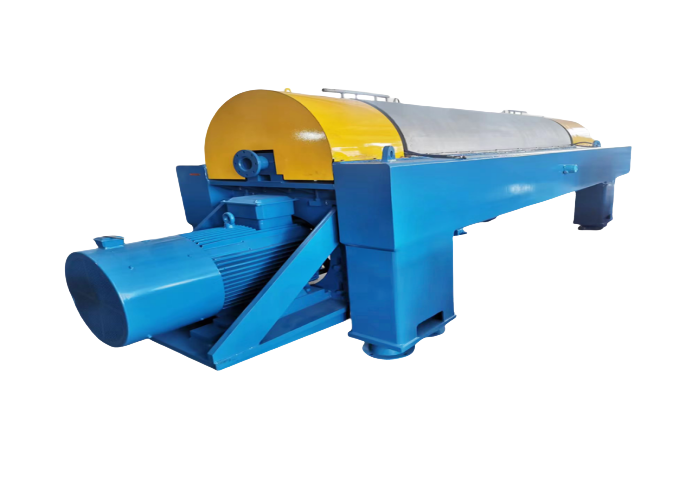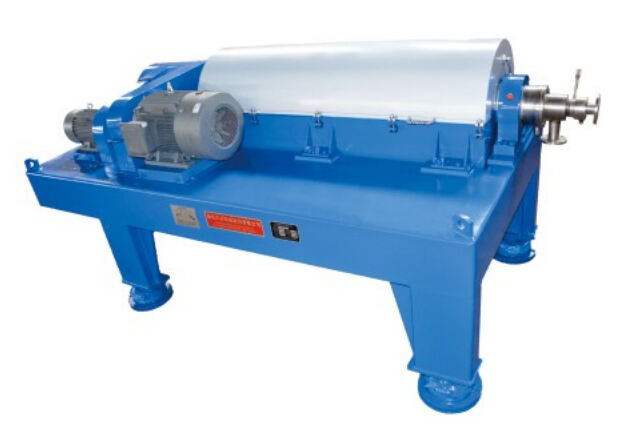plastic recycling separation systems
Plastic recycling separation systems represent a cutting-edge solution in waste management technology, designed to efficiently sort and process various types of plastic materials. These systems employ advanced sensor technologies, including Near-Infrared (NIR) spectroscopy, color recognition, and density separation mechanisms to identify and sort different plastic polymers. The core functionality revolves around automated material identification and high-speed sorting, capable of processing several tons of mixed plastics per hour. The system typically consists of conveyor belts, detection units, air ejectors, and collection bins, working in harmony to achieve precise separation. Modern systems can distinguish between PET, HDPE, PVC, LDPE, PP, and PS, ensuring maximum recovery rates and minimal contamination. The technology utilizes artificial intelligence and machine learning algorithms to continuously improve sorting accuracy and adapt to new plastic varieties. Applications span across municipal waste management facilities, material recovery facilities (MRFs), and industrial recycling plants. These systems can handle both post-consumer and post-industrial plastic waste, making them versatile for various recycling operations. The integration of real-time monitoring and data analytics enables operators to optimize performance and maintain consistent quality standards in the recycled output.


